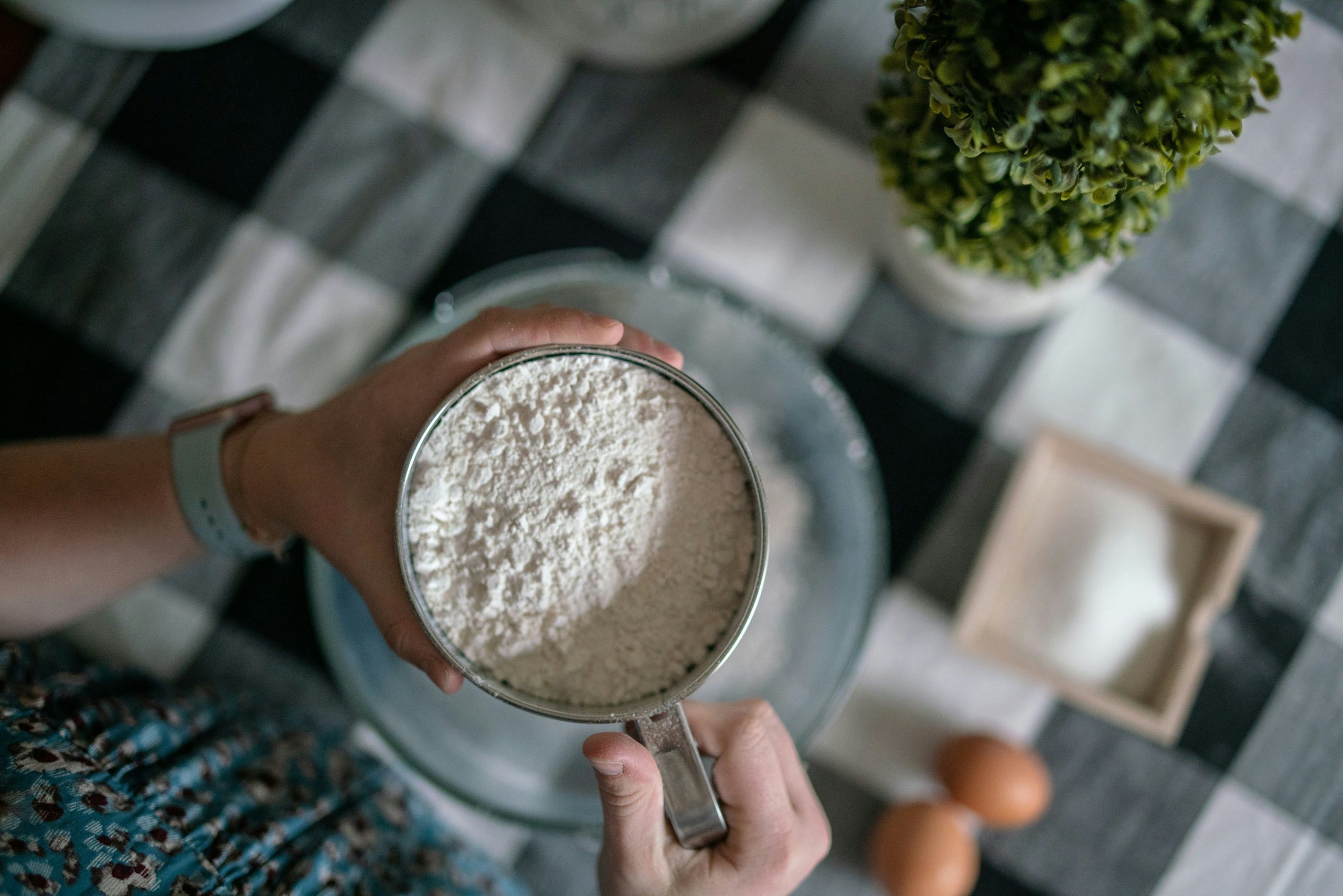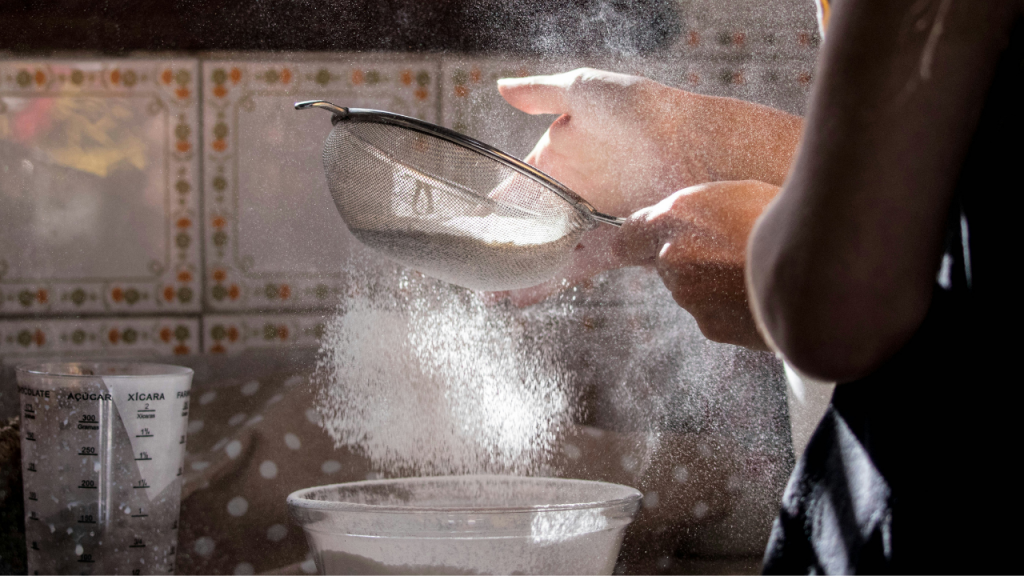Measuring flour is often considered a basic kitchen task, but the precision involved can make or break your baking endeavours. Most home bakers commonly rely on cup units for flour, which emphasises volume rather than weight. However, the seemingly simple act of measuring flour demands careful attention to detail to avoid the pitfalls of dry, dense, or crumbly baked goods. Let’s explore the correct way to measure flour and ensure your recipes turn out flawlessly every time.
Things to consider before you measure for perfect baking
Before you start measuring flour, consider the importance of proper storage and the right tools.
Storing flour correctly: Professional bakers swear by transferring flour to airtight containers, be it large plastic bins or wide-mouthed glass jars. Beyond the functional benefits, this practice simplifies the measuring process and keeps your kitchen tidy.
Use the right measuring cups: Dry measuring cups are the unsung heroes when it comes to measuring flour. Opt for sets of metal or plastic nested cups with intact rims, as any damage could impact the accuracy of your measurements.
Dry vs. liquid measuring cups: Don’t mix up your measuring cups. When measuring flour, stick to dry measuring cups, as using liquid cups will lead to adding more flour than intended.
Sift: Sifting is not just for show—it plays a crucial role in achieving uniform in the mixing of ingredients. According to Rose Levy Berenbaum, baking expert, and author, she points out that sifting separates and aerates flour particles. Whether you sift before or after measuring depends on the recipe’s specific instructions.

ALSO READ: 12 top tips for better baking
3 simple steps for foolproof flour measurement
Now, let’s break down the foolproof method for measuring flour accurately:
- Fluff it up: Lightly fluff the flour in its container using a fork or balloon whisk. This simple step ensures that the flour is aerated and ready for an accurate measurement.
- Spoon and pile: Use a spoon to scoop the flour into the measuring cup, piling it slightly over the top. This technique prevents compaction, giving you the precise amount needed for your recipe.
- Level with precision: Gently run the straight edge of a knife over the cup’s rim to level the flour, sweeping the excess back into the original container. This final touch guarantees an exact measurement, preventing overuse and maintaining the delicate balance of your baked goods.
ALSO SEE: Are your baking agents still good?
Feature image: Unsplash

